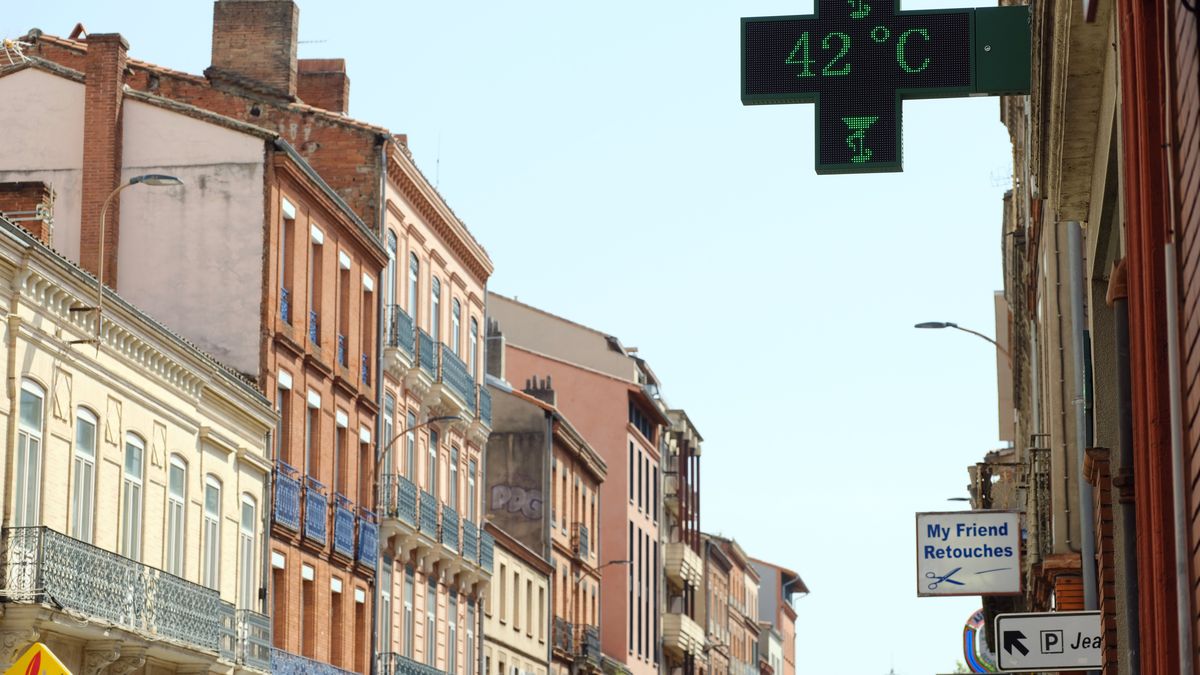The impacts of climate change on cities can take different forms. They can, for example, lead to a significant rise in water levels, as in Jakarta in Indonesia, or be the source of successive intense and long heat waves that can eventually make certain cities uninhabitable.
Heat waves have dramatic consequences on populations, with an increase in mortality, but also have deleterious impacts on wildlife. As shown in this article published in the journal Nature[1], between ecosystem reconfigurations and demographic and community disruptions, heat waves accentuate the fragility and mortality of life.
In urban areas, natural spaces are highly fragmented, become rarer and are subject to significant anthropic pressure, which leads to the vulnerability of habitats, a fragility increased by the rupture of ecological continuities caused by the spatial organization of the city: dense and paved. Thus, in environments that are already not very favorable (food and water are more difficult to access) to the proper development of biodiversity, heat waves accentuate the fragileness of living organisms by causing a negative feedback effect. The stronger the heat waves are, the weaker nature becomes, the stronger the impacts of the heat waves are, and so on. Heat waves, synonymous with low precipitations, also result in a scarcity of water resources. Thus, biodiversity is under constant water stress. Young plants no longer grow or even die; the mortality of fauna accelerates, particularly bird populations, whose births and the development of their chicks are strongly disrupted by the lack of water and the high temperatures. In addition, trees stop their evapotranspiration in order to conserve water, which leads to a decrease in the cooling of the city as well as the endangerment of certain plants.
So, is biodiversity doomed to perish in the urban environment? If we let the situation evolve as it is now, then yes, in the long run, biodiversity will disappear from urban space and the health consequences of its disappearance will be very important. Preserving and reintegrating life in the urban environment is therefore of the utmost importance.
As shown in a report by the Intergovernmental Panel on Climate Change (IPCC) and the Intergovernmental Science-Policy Platform on Biodiversity and Ecosystem Services (IPBES) published in 2021, in order to protect biodiversity, we must use nature-based solutions.
In urban areas, this means protecting existing nature by taking into account its needs (water, space, food, etc.) and gradually reintegrating it into cities on a massive scale.
Throughout the world, we can find examples of renaturation of urban space that have enabled the recreation of functional ecological continuities whose ecosystem services are of capital importance for the good health of urban environments and their inhabitants. One example is the Bogota Urban Creek Conservation Corridor. With the support of local communities and the government, Bogota’s Urban Creek project began in 2014 to restore streams and rivers in the water supply watersheds for about 8 million Bogotans, for better control of flooding, ecotourism and global warming[2]. We can also take the example of the colossal project of renaturation of the Cheonggyecheon River in Seoul. By removing a two-four lane road that ran through the entire city, Seoul has restored a buried river. This restoration has allowed the inhabitants of the Korean capital to enjoy, in the vicinity of the river, a drop in temperature of up to 6°C[3].
Even if large-scale projects, through the reconnection of large biodiversity corridors, allow for a rapid change in the situation, low-tech solutions can also bring very interesting benefits. In very dense urban environments, the creation of open-ground vegetation (preferably trees with a high canopy index) in available spaces and corridors between these spaces, can increase the resilience of our cities. In addition, a large part of the available spaces must be put at the service of biodiversity, which is why a massive vegetation of roofs, or even facades depending on the techniques used, can be relevant in order to fight against the urban heat island effect.
In an urban environment, the threats to ecosystems and biodiversity are multiplied. However, nature is our best ally in the fight against climate change and in the adaptation of our cities to its consequences.
Numerous solutions exist and can be implemented depending on the urban context, only a political will is necessary.
On the same subject, the city of Paris has just published a report on the adaptation of the capital to heat waves.
[1] Ruthrof, K.X., Breshears, D.D., Fontaine, J.B. et al. Subcontinental heat wave triggers terrestrial and marine, multi-taxa responses. Revue Nature, Sci Rep 8, 13094 (2018).
[2] Vidal Merino, Mariana, Kang, Yi hyun, Arce Romero, Antonio, Pahwa Gajjar, Sumetee, Tuhkanen, Heidi, Nisbet, Rachel, DeMaria-Kinney, Jesse, Min, Annika K., Atieno, Wendy C., & Bray, Bryce. (2021). Climate Justice for People and Nature through Urban Ecosystem-based Adaptation (EbA).
[3] Lévy, J. (2015). Habiter Cheonggyecheon : l’exception ordinaire. Annales de géographie, 704, 391-405.

Comments are closed